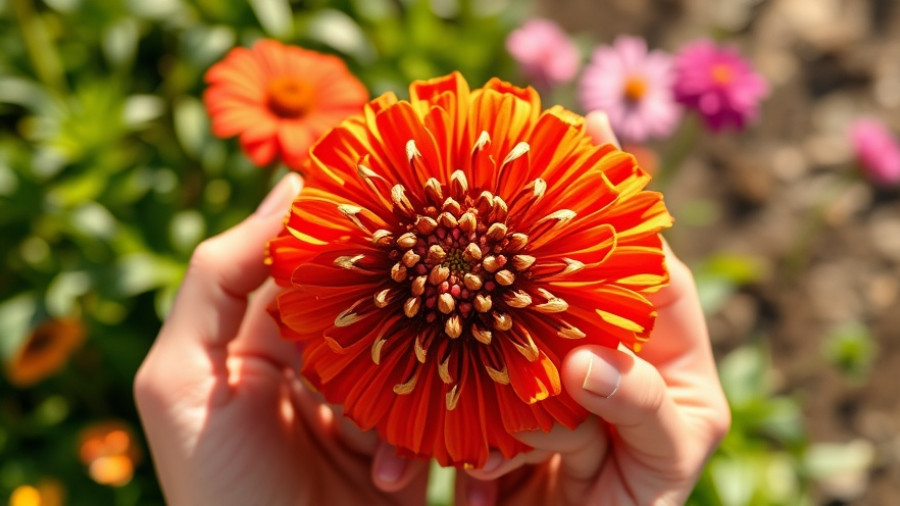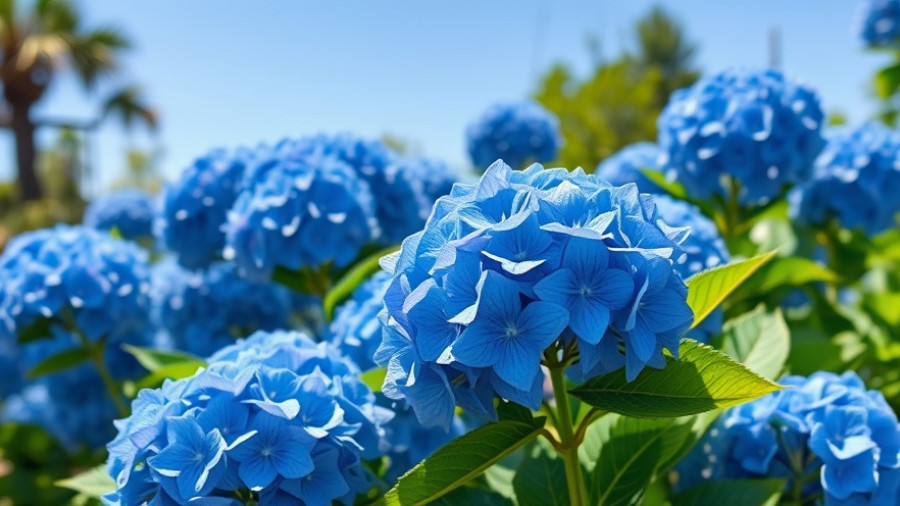
Unlock the Secret to a Flourishing Phlox Garden
Phlox, with its vibrant blooms and enchanting fragrance, is a perennial favorite for many gardeners. This versatile flower is perfect for enhancing your garden and adding splashes of color throughout the season. Whether you have creeping phlox as a ground cover or tall garden phlox standing assertively in your flowerbed, knowing how to encourage reblooming can turn your garden into a flower-filled paradise.
Understanding Phlox: More Than Just Pretty Flowers
Phlox belongs to the Polemoniaceae family and encompasses around 68 species, originating from North American woodlands and meadows. Its name, derived from the Greek word for flame, aptly describes the brilliant colors these flowers can display—ranging from pink to purple, white, and even bi-color variations. While many may view phlox simply as a pretty addition to the garden, its allure goes beyond aesthetics. Many varieties serve as pollinator magnets, attracting butterflies and hummingbirds, making them essential for a healthy ecosystem.
3 Steps to Revitalize Your Phlox Blooms
1. Deadheading: A Simple Yet Effective Technique
Dedication to deadheading is crucial for phlox gardeners. Deadheading involves cutting off spent flowers to refocus the plant's energy toward producing new blooms rather than seed formation. This practice not only extends the blooming period but also keeps your garden looking neat and tidy.
2. Fertilization: Fueling Future Blossoms
After the initial flower display, a light fertilization can significantly boost your phlox's ability to rebloom. Opt for a balanced or bloom-enhancing fertilizer—look for formulations higher in phosphorus. This gentle feeding method provides the needed nutrients without overwhelming the plants with too much leafy growth.
3. Consistent Watering: The Lifeblood of Blooming
Proper watering is just as vital as the previous steps. Ensure your phlox receives consistent moisture, especially in the sweltering summer months. A weekly watering routine can help avert issues related to weak or spindly growth, which can detract from their impressive display.
Leveraging Phlox in Your Outdoor Design
The inclusion of phlox in your yard isn't just about beauty; it's also about function. Their stature and vibrant coloration make them suitable for various landscaping elements. Use them strategically in:
- Flower Bed Layout: Plant taller varieties as backdrops, allowing their colors to frame your garden effectively. - Container Gardening: Incorporate them in pots to create colorful centerpieces on patios or outdoor kitchens. - Eco-Friendly Yard Care: Their ability to thrive with minimal fuss encourages a low-maintenance landscape, contributing to an eco-friendly yard strategy.Myths and Misconceptions about Phlox
Many gardeners have encountered challenges with phlox due to misconceptions about their care. For example, some believe phlox won't survive in less than ideal conditions. However, with the right soil enrichment and placement—preferably in full sun—they can thrive and bloom profusely. Understanding their adaptability is key to making them a staple in your garden.
Real Stories from the Heart of Local Gardens
In a local community gardening event, a gardener shared how following these strategies transformed her phlox display from a brief spring show to an extended bloom festival lasting all summer into early fall. She mentioned the joy of watching bees and butterflies flock to her vibrant flowers, reinforcing the importance of these tools for any gardener wishing to enhance both beauty and biodiversity in their flowers.
If you’re ready to give your garden a makeover or simply explore new design ideas, consider integrating these blooming beauties into your plans. With a little bit of love and care, your phlox can be the highlight of your garden, creating a stunning display that resonates with both aesthetics and ecological significance.
Now is the time to create that vibrant garden you’ve always dreamed of! Whether you're planning a backyard makeover or searching for the perfect containers for your patio, let your imagination bloom. For more insights, don't hesitate to explore our gardening guides!
 Add Row
Add Row  Add
Add 




Write A Comment